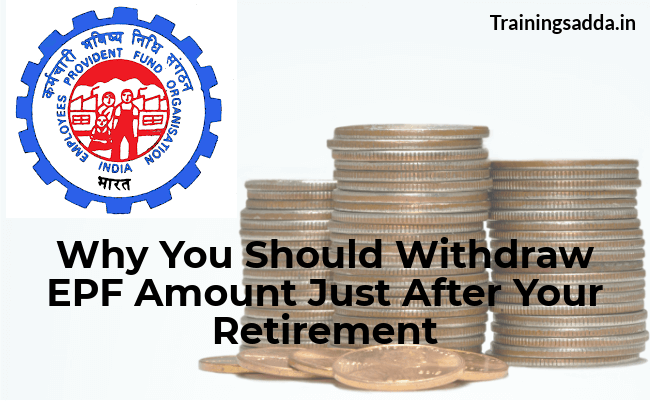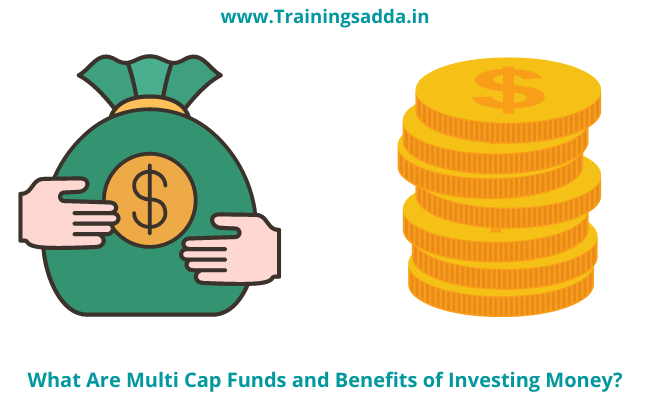Why You Should Withdraw EPF Amount Just After Your Retirement
Are You Retired: Then Withdraw EPF Amount

Table of Contents
Introduction of EPF
Provident Fund (PF) or the Employee Provident Fund (EPF) is an old act from 1952. It was passed keeping in mind the then-popular idea of one job for life. The concept has changed today. People today, especially the youth, switch jobs quite often. A lot of times they want to start up their own ventures. Many want to have the freedom to decide how their money will be invested. In such a scenario, the provident fund hinders more than it helps.
Know more: 10 Tips That Can Help You Find the Right Job at Startups
Understanding The Provident Fund (PF):
The working:
● For any organization that is working with more than 20 employees, the employer needs to set up an Employee Provident Fund for each of the employee.
● The first part of the EPF goes from 12% of your basic salary plus the dearness allowance.
● The other half of this fund has to be contributed by the employer. This sum is also 12% of your basic pay plus dearness allowance. It is included in your CTC.
● The 12% that is said to be paid by the employer is split into two parts: 8.33% + 3.67%. The 8.33% share goes into the Employees’ Pension Scheme (EPS), and the 3.67% goes into the EPF.
● Out of the EPS and the EPF, it is only the EPF that earns interest.
● EPS is the pension part of the EPF scheme. Once you turn 58, you can start drawing the pension from the EPS.
The benefits:

● The interest earned on EPF is slightly more than the interest earned on PPF and FD.
● With some terms and conditions, the EPF interest is exempted from the taxes.
● The maturity amount of EPF is also exempted from tax.
Read more: How to Boost CA Foundation Preparation in Last Month
Here lies the problem:
The details:
● Suppose you decide to leave your firm which is registered in the EPF, and move to a smaller organization, or you take a break from the job for some personal reason, or you want to start your own business. What then?
● The amount in the EPF is exempted from tax only until you are an active subscriber in the EPF
● The fact is that you stop being an active subscriber when you go ahead with the moves mentioned above. When this happens, the EPF interest becomes taxable.
● If you remain an inactive subscriber for a period longer than three years, the amount will stop earning interest.
● Whether you will be paid by the EPS will be decided by your years of service wherein you were an active subscriber. If the service period is more than six months and less than ten years, you can only withdraw the amount. Lesser than this period leads to the amount being forfeited.
Know more: Best 5 Valuable Tips For Aspiring GST Consultants
The structure of investment:
● A central organization decides the type of investment, the EPFO, does not cater to the risk-taking appetite of the young employees.
● A tiny share (15%) of the EPF of an employee is invested in equity.
● For this investment, the EPFO chooses ETFs rather than active management methods which could fetch high returns.
Learn more: Best HR Certifications for a Forward Facing Career
Conclusion:
Once you leave a big firm registered with the EPF, and if you don’t join another such EPF registered firm, it is wise to withdraw your money as soon as possible. The amount can be 100% withdrawn until two months after the start of unemployment.
It becomes rather unprofitable to keep the money in PF once you are unemployed. For a risk-loving youth, EPF creates quite some hurdles.
If you are one of those kinds, you might consider going for other forms of investment like PPF and NPS.
Must know: The Importance of the English Speaking in Today’s World
Comments
0 comments




